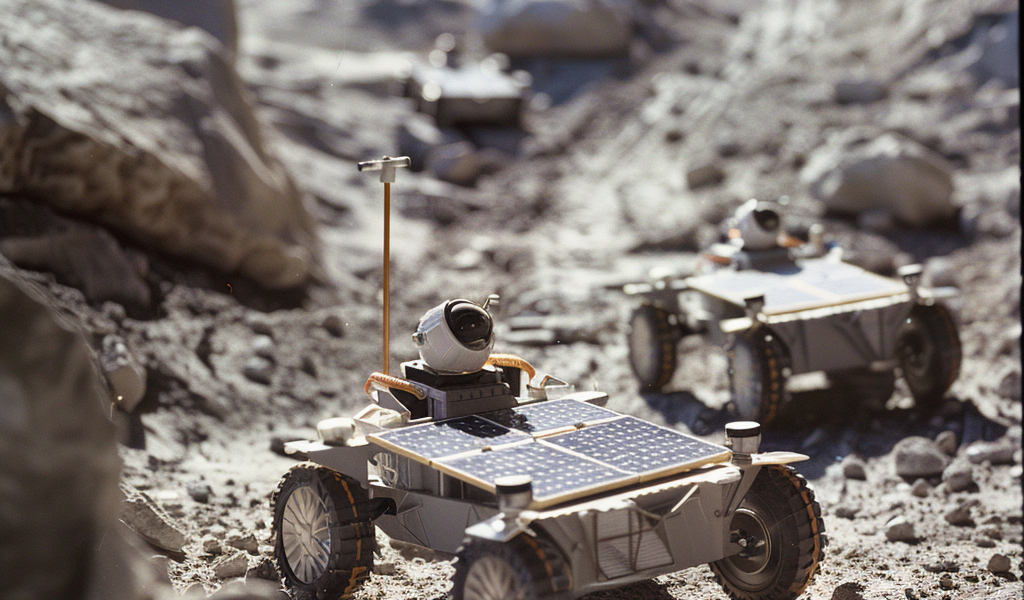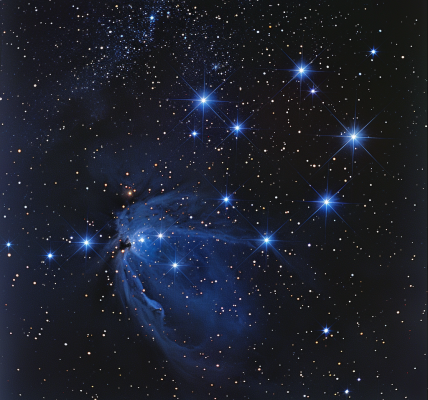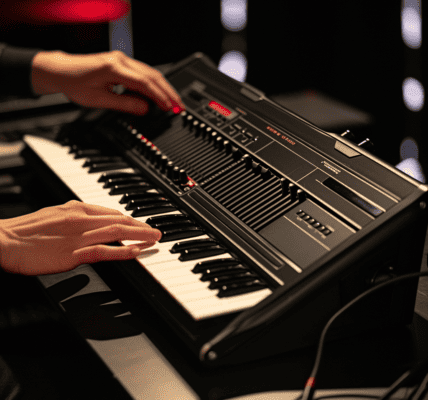NASA Conducts Successful Test Drives for Mini Autonomous Rovers Bound for the Moon in 2025
NASA recently conducted test drives for its mini autonomous rovers that are set to embark on a mission to the moon in 2025. These rovers are part of a technology demonstration known as Cooperative Autonomous Distributed Robotic Exploration (CADRE), aimed at showcasing the ability of a group of robotic spacecraft to work together without direct human control.
The test drive, which took place at the Jet Propulsion Laboratory (JPL) in Southern California, simulated the rugged terrain that the rovers will encounter on the moon. The successful series of tests confirmed that the mini CADRE rovers were capable of driving in unison and adjusting their coordinated path to avoid obstacles.
Equipped with solar panels, cameras, sensors, and ground-penetrating radar, the moon-bound rovers will collectively map the lunar surface in 3D. During the test drive, one of the rover models was fitted with a stand-in for solar panels, while the other two were able to monitor each other’s battery levels to determine when a recharge was needed before continuing their journey together.
In addition to daytime tests, the rovers also underwent night drives under simulated lunar lighting conditions to prepare for the extreme shadows and lighting they will encounter during the lunar daytime.
The successful test drives mark a significant milestone in NASA’s preparations for the upcoming lunar mission, demonstrating the potential of autonomous robotic exploration in space.





